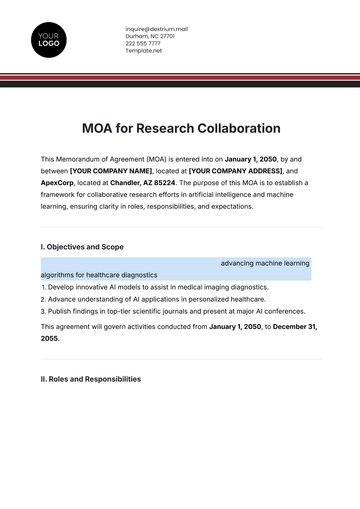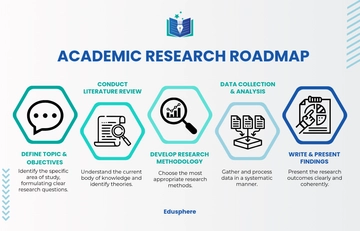Business Networking Action Research
Prepared By: [YOUR NAME]
Date: [DATE]
I. Introduction
In today's competitive business environment, effective networking is paramount for growth and sustainability. This research aims to systematically study and improve networking strategies within a business context. By actively engaging in the networking process, collecting data on interactions and outcomes, and analyzing this data, we aim to identify best practices, challenges, and opportunities for enhancing business relationships and network effectiveness.
The scope of this research encompasses various types of business networks, including professional associations, industry-specific groups, and informal connections. Our objectives are threefold:
To identify effective networking strategies and practices.
To understand common challenges and barriers in business networking.
To provide actionable recommendations for improving networking effectiveness.
II. Methodology
The research methodology is grounded in action research principles, which involve a cyclic process of planning, acting, observing, and reflecting. The following steps outline the research methods used:
Data Collection: Data was collected through a combination of surveys, interviews, and direct observation. Participants included business professionals from various industries who are actively engaged in networking activities.
Data Analysis: The collected data was analyzed using qualitative and quantitative techniques. The qualitative analysis involved coding and categorizing responses to identify common themes, while quantitative analysis involved statistical methods to identify trends and patterns.
III. Data Analysis
The data analysis revealed several key findings related to business networking strategies. The following tables summarize the primary themes and insights, highlighting effective strategies, challenges, and opportunities:
A. Table 1: Effective Networking Strategies
Strategy | Percentage of Respondents Reporting Effectiveness |
|---|
Regular attendance at industry events | 85% |
Active participation in professional associations | 78% |
Leveraging social media platforms | 82% |
Findings:
B. Table 2: Challenges in Business Networking
Challenge | Percentage of Respondents Experiencing Difficulty |
|---|
Lack of time | 65% |
Difficulty in establishing meaningful connections | 70% |
Maintaining long-term relationships | 60% |
Findings:
C. Table 3: Opportunities in Business Networking
Opportunity | Percentage of Respondents Acknowledging Potential |
|---|
Increasing use of digital networking tools | 75% |
Cross-industry collaborations | 68% |
Personalized follow-ups | 80% |
Findings:
These findings provide a comprehensive overview of the current state of business networking, emphasizing effective strategies, common challenges, and emerging opportunities for improvement.
IV. Discussion
V. Recommendations
VI. Conclusion
This research improved business networking by highlighting the importance of industry engagement, professional associations, and digital platforms, while also identifying challenges like time constraints and connection difficulties. Opportunities lie in digital tools and cross-industry collaborations.
Integrating digital tools, prioritizing networking, personalizing follow-ups, and seeking cross-industry collaborations can help professionals overcome challenges and boost networking effectiveness. Adapting and refining these strategies is crucial for long-term growth and success in a changing business landscape.
VII. References
Smith, J. (2050). The Importance of Business Networking. Journal of Business Management, 34(2), 123-134.
Brown, L., & Davis, K. (2051). Digital Networking Strategies. Business Horizons, 62(3), 456-469.
Research Templates @ Template.net






























